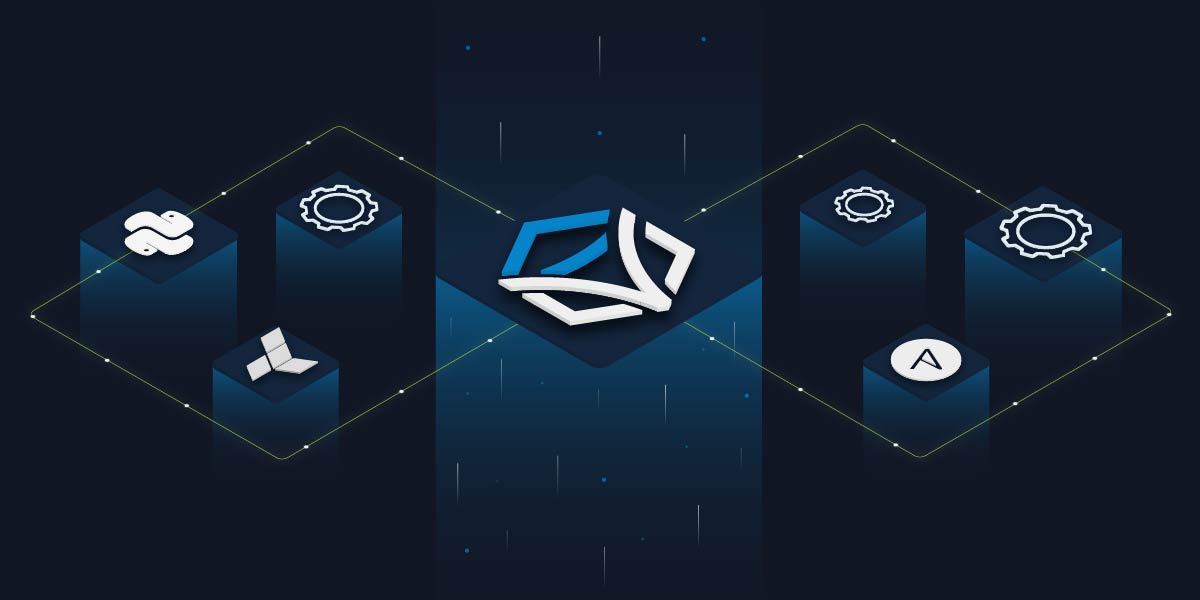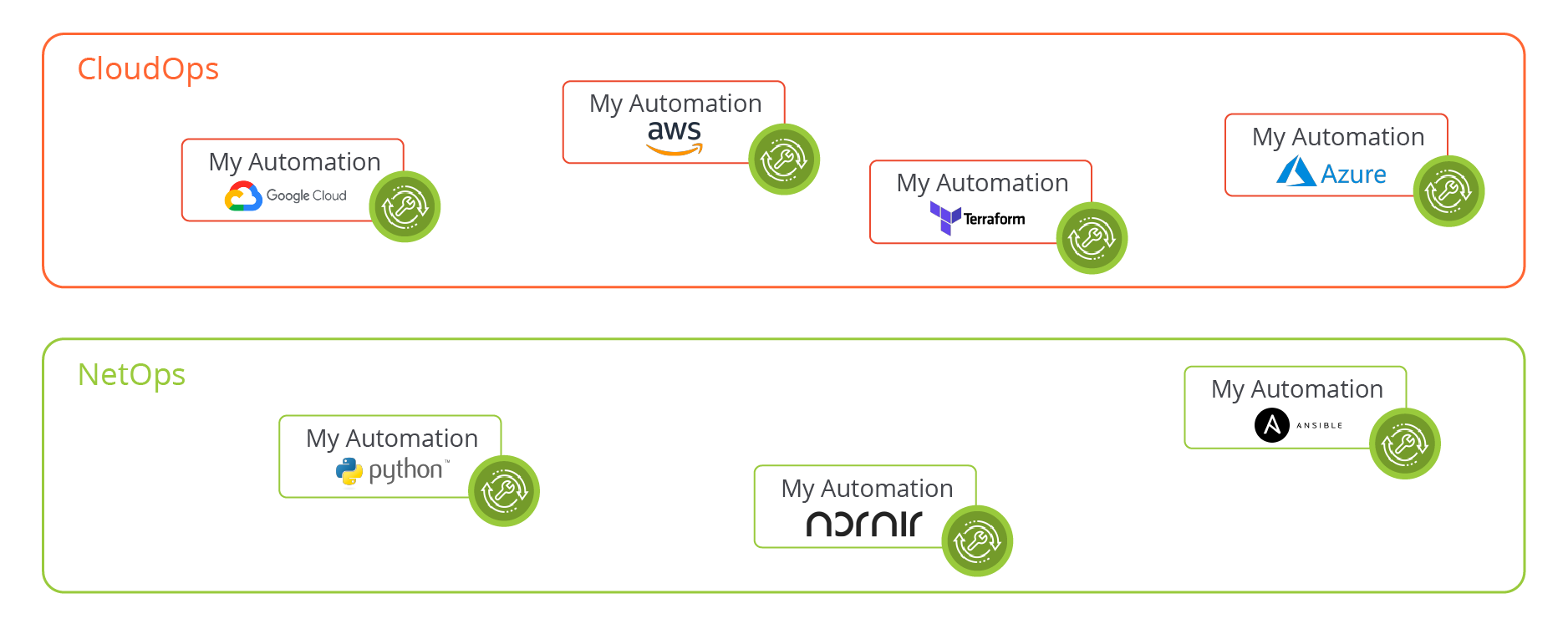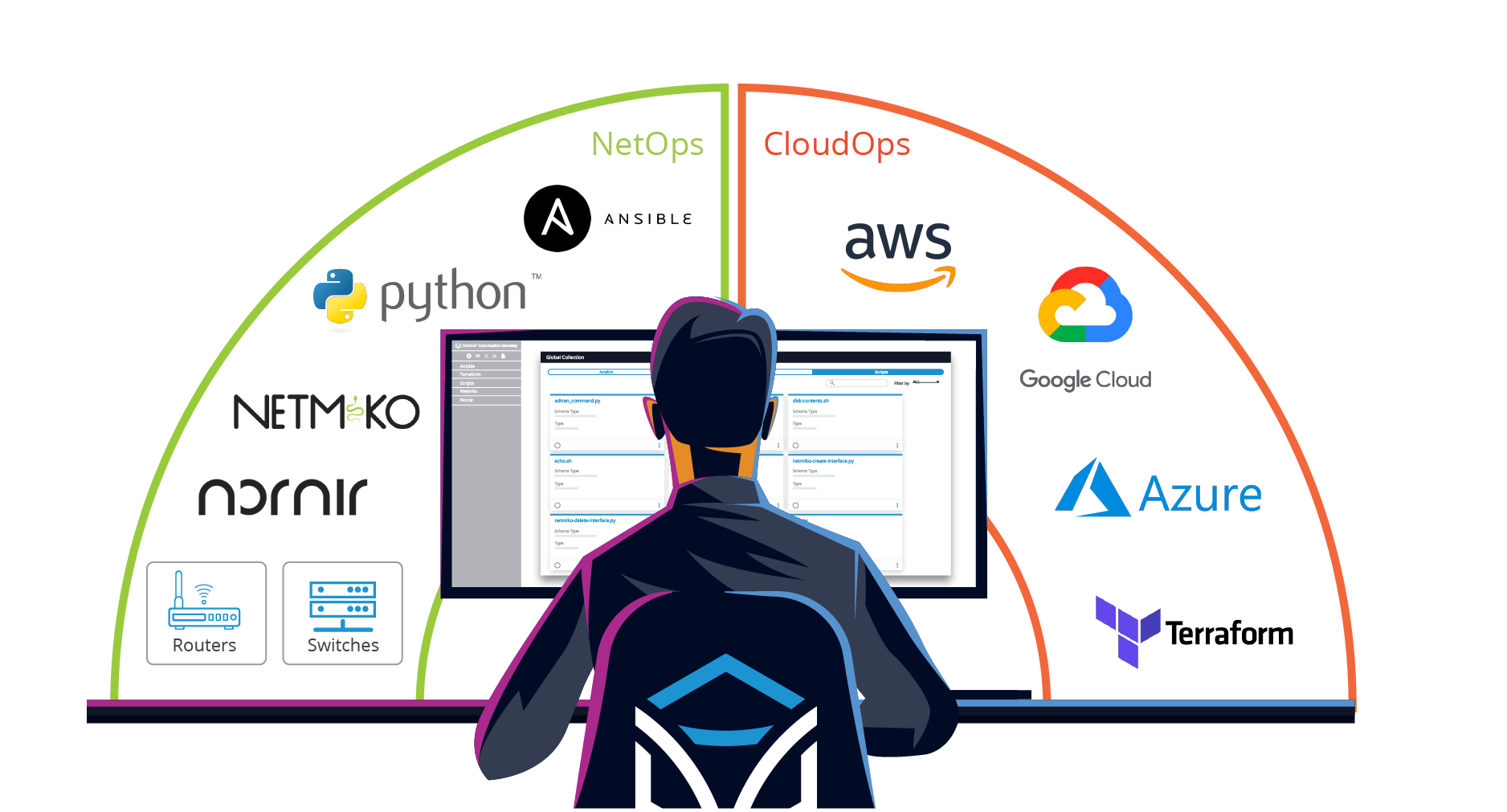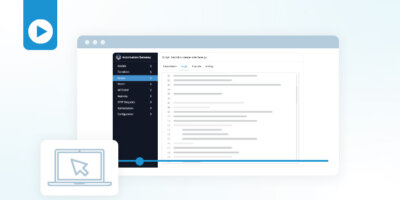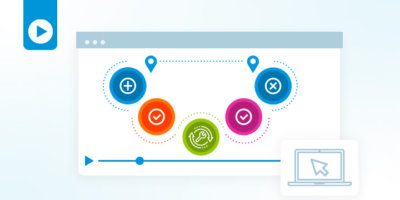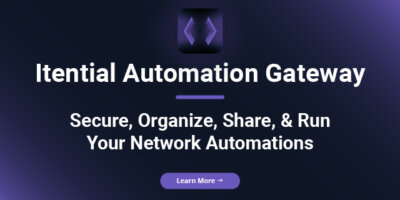In case you aren’t familiar with Itential yet, one thing you should know is that we’re big advocates for BYOA, “Bring Your Own Automation.” Which sounds a bit strange at first, not because it was a reference to your old college days or attending a recent party (definitely not recommended when building automations, network or otherwise), but it’s actually a reference to how we think teams should be approaching their automation efforts.
Sometimes we get a lot of questions on why we would encourage customers to bring other automation solutions to Itential. Shouldn’t we be aggressively advocating AGAINST such a thing? The reason we don’t see this approach as a contradiction at all is because it’s a realistic part of an organization’s automation journey and we’ve designed our automation platform to meet you exactly where you are on that journey.
Our VP of Product Management, Peter Sprygada, covered this very topic during a recent Networking Field Day (NFD) session and I’d like to break it down for you since it’s an important topic we’re coming across more and more in today’s networking landscape. In order to unpack this BYOA concept, let’s start at the beginning and take a look at how network automation tends to start in organizations, why it’s important to gather all of that work together, and how all of that automation can be integrated and extended in our platform.
What is BYOA?
It’s actually a fairly simple concept. Over the years, we’ve seen how pockets of automation spring up within network teams in an organic way. In one case, a data center network engineer grew tired of how tedious it was to build configurations for leaf and spine network devices, so they learned how to use Ansible Playbooks to do it for them. In another case, a new network engineer on the team figured out how to take some knowledge of Python and write a script to help bounce an interface more quickly whenever he received a common request for a connection problem. We’re also talking to more and more network engineers who are responsible for networking in cloud platforms and learning to use cloud-centric tools like Terraform.
Due the different backgrounds of networkers, the different tools available to them, and the nature of the problem, we see a lot of different solutions to automation, especially since there has never been a standardized and accepted network automation specific language. For those who have some programming background, Python seems to be today’s natural choice. For those who do not have the same kind of background, Ansible may make more sense. These automation assets usually provide value to the original author or a few more, but rarely to the entire team. In fact, most other team members might not even know these automations exist.
We believe that in order to accelerate your automation journey, you must find a way to consolidate, organize, secure, share, and modernize your current automation assets. This gives teams a great foundation that can be leveraged across the entire organization to take their automation efforts to the next level
How Itential’s BYOA Approach Accelerates & Expands Network Automation Efforts
As we are big advocates for BYOA, our product was built to support to this approach. In Peter’s NFD presentation, he explained and demoed how Itential makes this possible with Automation Gateway. It brings all of these scattered automations together in one place. Only then can we identify who’s building and maintaining these automations and understand just how they work. What started with a spark of creativity from a single network engineer can now be shared with the rest of the team, and perhaps demystify how network automations are created in these different tools and languages.
By taking this approach, organizations can get more team members engaged in building automations and collaborating with each other. This also leads to expanding the use of automation across the team. Instead of a single person benefitting from the automation, now many more team members can as well. As a balance to that, it’s important to also provide the ability to account for who ran an automation and document the run time details of the automation. But this is really where the party begins – as each BYOA asset is onboarded into Automation Gateway, it becomes available as part of our workflow capabilities.
With the Itential Automation Platform’s low-code workflow canvas, network teams can quickly design, build, and visualize end-to-end network workflows. While we’ve designed it so network teams with little or no programming experience can get started quickly, it can be used to create some very advanced automations, or take existing external automations and make them more powerful and useful. This is exactly our intent when we advocate for BYOA – bring your Ansible, Python, Terraform, or whatever you currently have as once it’s integrated into Itential’s platform, it becomes a step in a workflow. This means that you can now extend the asset to include robust pre-check and post-check processes. Your script is great at making changes, and now you can leverage our built-in features like command templates to ensure that the network condition is appropriate before the change and everything is functioning correctly after the change.
Where does the data for your script come from? If the answer is “YOU,” then you can leverage our integration with different IPAMs and sources of truth so you can query those systems for the data your script needs and pass it directly to that automation, which save users from unnecessary swivel-chairing between different GUIs and dashboards. And here’s the big one – what about augmenting your script with the ability to create, update, and close a change request ticket? When you BYOA with Itential’s platform, this is possible all without needing to write any more code.
Itential Meets You Where You Are on Your Automation Journey
Ultimately, we support BYOA because we meet our customers whenever they are on their automation journey, whether they only have a handful of scripts or are leveraging self-service automation. It’s in our customer’s best interest and we try to accommodate whatever automations they may have and increase the value of they bring in our platform. In some tools, it’s impossible to stitch applications together and manipulate data between IT systems or requires an even deeper level of programming. Even if it’s possible, it’s still very difficult to write to this and harder yet to maintain it. However, if your organization has the ability to automate all of your network domains along with all of your IT Systems, then you can realize the maximum benefit from automation. This is why we welcome your existing automation assets – we don’t want you to rewrite them all over again, instead we want you unlock their potential integrating in our platform.
To learn more about how to Bring Your Own Automation and get a demo of Itential Automation Gateway, check out Peter’s full NFD 27 session. If you’re ready to give BYOA a try for yourself, create your free Itential account here.

